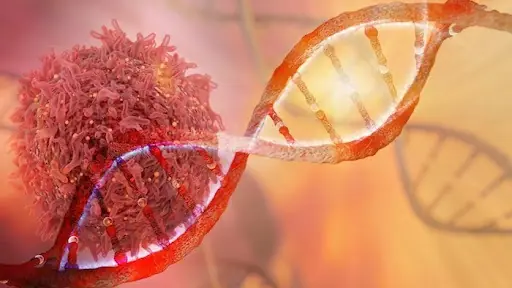
World-First Gene Therapy Restores Sight to Boy Born Blind
World-First Gene Therapy Restores Sight to Boy Born Blind
Imagine a world perpetually shrouded in darkness from birth – where faces, sunlight, and life's vibrant colors remain unseen mysteries. This was the reality for a young child born with Leber congenital amaurosis (LCA), a rare genetic disorder that robbed him of his sight before he ever had the chance to view the world. In an incredible leap forward in medical science, a dedicated team at Great Ormond Street Hospital in London undertook a groundbreaking gene therapy treatment, venturing to illuminate this darkness. This story is not just about regaining sight; it's about shattering previously insurmountable barriers, transforming a narrative of inescapable darkness into one of radiant possibilities.
:max_bytes(150000):strip_icc():focal(739x368:741x370):format(webp)/jace-eye-gene-therapy-tout-22125-73cb31b7cf3a4ce080b34f4c36dfa1f9.jpg)
The Boy's World Before Treatment
Prior to this life-changing intervention, the young boy's world was an unending night. From birth, he navigated an environment devoid of light and shade, never having experienced the warmth of a smile or the brilliance of sunlight. His parents, acutely aware of his quiet visual world, adapted to communicating primarily through touch and sound, forging a bond based on the texture of hands and the rhythm of voices rather than visual cues.
Life for him was an exercise in sensory substitution. Books were not visual narratives but stories conveyed through the tone and timbre of spoken words; toys were tactile discoveries rather than visible objects. His relationships were shaped by touch and sound, and each day was a testament to his perseverance in an invisible world.
Beyond the physical, the absence of visual cues impacted him socially and emotionally. Playtime with classmates was different; he cautiously sat, participating more through hearing than by the spontaneous play that sight allows, while other children ran around guided by their eyes. His environment was safe yet constrained, loving yet bounded by the edges of a sight-driven civilization.
His parents watched with a mixture of profound sadness for the sights he missed and deep respect for his bravery. Despite celebrating each accomplishment, it served as a poignant reminder of the obstacles he had to overcome. They held onto a fragile hope that advances in genetic medicine, then a mere whisper in the medical community, might one day illuminate their son’s dark world.
Revolutionary Gene Therapy Breakthrough
The breakthrough arrived in the form of a meticulously developed, groundbreaking gene therapy by a dedicated team at London’s Great Ormond Street Hospital. This novel strategy pursued one overarching objective: to successfully restore the boy’s vision by replacing the defective gene responsible for his blindness with a healthy one.
The specific gene implicated in his condition was AIPL1, crucial for the health and functionality of the retina’s photoreceptor cells. These cells are essential for converting light into signals that the brain interprets as vision. A mutation in the AIPL1 gene causes these photoreceptors to malfunction in children with Leber congenital amaurosis, leading to severe visual impairment from birth.
The gene therapy employed a harmless virus, specifically engineered to carry an accurate copy of the AIPL1 gene, as its delivery system. This healthy gene was carefully integrated into the DNA of the retina's photoreceptor cells, which would then begin producing the correct protein required for vision.
Being the first of its kind, the treatment carried inherent risks. The surgical procedure involved injecting the vector directly into the retina, requiring delicate manipulation within the eye. The stakes were high; to prevent further damage to the already fragile retinal tissue, the treatment had to be carried out with the utmost precision.
Following extensive consultations, the decision was made to proceed with the treatment, driven by the desire to offer the child a chance at a life with sight. Although a calculated risk, the possibility of seeing the world for the very first time was an immense reward.
Dramatic Improvements and Emotional Milestones
Following the gene therapy, the boy’s vision gains appeared astonishingly swiftly, transforming not only his capacity to see but also his entire interaction with the world. These adjustments, initially subtle, rapidly evolved into significant turning points, marking the beginning of new phases in his young life.
Within days of the treatment, a noticeable shift occurred. He responded, simply yet profoundly, to sunlight streaming through a window for the very first time, signaling the dawn of his new visual adventure. This initial hint of progress was just a prelude. Soon, he began reaching for objects he had previously only been able to touch. Slowly, faces and toys started to register in his mind as distinct shapes with depth and significance, rather than merely being blurs.
For him and his entire family, every new visual revelation was a profound emotional milestone. Each accomplishment deeply impacted his parents, who had spent years adjusting to a world shaped by his blindness. The first time he made eye contact, the first time he reached for his mother’s face with a smile of recognition—these were momentous achievements they had scarcely dared to hope for.
His increasing ability to see his surroundings boosted his confidence and independence. Once cautious and hesitant, his walking gained assurance as he began to use his vision to navigate previously challenging areas. He was now able to participate more fully in games that required chasing and recognizing moving objects and people, adding a new depth to the simple act of playing with other children.
The emotional turning points were not confined to the family's direct experiences. His teachers and therapists reported significant improvements in his social relations and learning skills. Where he once hesitated, he now approached learning activities with eagerness, motivated by his ability to see and connect with peers and resources.
The Procedure: A Detailed Look
The complex and revolutionary treatment to restore the boy’s sight demanded extreme precision from the medical staff at Great Ormond Street Hospital. The procedure involved an hour-long surgery to inject the gene therapy vector directly into the retina, the light and color-detecting cell layer at the back of the eye.
The gene therapy utilized a vector, a specially designed virus that is harmless to humans but highly efficient at introducing new genetic material into cells. A healthy, functional copy of the AIPL1 gene was transferred into the retinal cells using this vector to replace the damaged gene causing the boy's blindness. The objective was to integrate this healthy gene into the DNA of the photoreceptor cells, enabling them to resume their normal functions and properly process light.
Surgical accuracy was paramount. The vector was administered through a minor incision made during the procedure, using a specific needle designed to minimize harm to the delicate structures of the eye. The surgeon had to ensure the vector was uniformly dispersed throughout a particular area of the retina to reach the greatest number of photoreceptor cells.
The procedure required not only technical proficiency but also a thorough understanding of retinal anatomy and the progression of the boy's illness. To achieve the best possible outcome in terms of vision restoration, the surgeons had to meticulously avoid damaging any remaining healthy retinal tissue.
Real-time imaging technology assisted the surgical team throughout the procedure, allowing them to track the vector's distribution inside the eye. This high degree of monitoring was essential to guarantee safe and successful drug administration.
Following the injection, the boy was carefully monitored for any immediate reactions while the surgical wound was gently closed. Post-operative care, including a drug regimen to control inflammation and prevent infection, was as critical as the treatment itself. The meticulous planning of every stage, from pre-operative preparation to post-operative care, was fundamental to the success of this innovative treatment.
Real-Life Impact: Beyond the Clinical Setting
As the youngster began to perceive the world through his newfound eyesight, the impact extended far beyond the clinical success of the surgical procedure. His enhanced vision had practical effects on many facets of his daily life, significantly and tangibly improving his relationships, education, and general quality of life.
With his ability to see, his world expanded dramatically. Simple joys, like seeing the colors of a sunset or the expressions on his family members’ faces, were revelations that brought him delight and wonder. “For the first time, he could follow the flight of a bird across the sky,” his mother shared, illustrating the newfound wonder her son experienced daily.
The boy made rapid and noteworthy progress in his education. His teachers reported significant improvements in his capacity to participate in previously inaccessible activities and his overall engagement. One teacher remarked, “He’s not just learning faster; he’s a full part of the classroom now.” This integration was a significant advancement compared to when his interactions had to be mediated through other senses.
The changes were equally noticeable on a social level. He started making friends more readily and engaging in games with classmates that he had previously found too graphically complex. His father stated, “He’s a different child—more outgoing, more confident.” Being able to see facilitated his interactions in social situations, lessening the isolation that often accompanies severe visual impairments.
At home, his parents reveled in the small but significant milestones. “Every day, he surprises us by noticing things he couldn’t before—like the way light reflects off different surfaces,” his mother explained. These moments, though seemingly small, were monumental for a family who had adapted to a world defined by their son’s blindness.
His newfound visual capabilities also meant he could explore his environment more independently. “He can walk into a room and find his favorite toy, something he could never do before,” his father said with a mixture of pride and amazement. This independence was not just a convenience; it was a transformative development that profoundly impacted his self-esteem and autonomy.
Personal Reflections from the Medical Team
Beyond changing the young boy’s life, the gene therapy’s success profoundly affected the medical staff involved in his care. Having worked closely with the family and witnessed the boy’s journey from darkness to light, the doctors and nurses at Great Ormond Street Hospital shared their personal thoughts on the significant impact of this groundbreaking treatment.
Dr. Susan Clarke, the lead ophthalmologist on the case, expressed her feelings about the experience: “Seeing him look around and react to visual stimuli that he couldn’t perceive before was incredibly rewarding. It’s moments like these that remind us why we chose this profession—to make a real difference in people’s lives.”
Nurse Emily Watson, who cared for the boy during his recovery, shared her perspective on the emotional milestones: “The first time he smiled at his mother after the surgery, it brought tears to everyone in the room. It was a powerful reminder of the impact our work has beyond the clinical outcomes.”
The team also reflected on the technical challenges and the intense preparation that went into the procedure. Dr. Aaron Patel, a surgeon involved in the operation, commented, “The precision required for this type of gene therapy is immense. Every step needs to be carefully planned and executed. But the results—seeing a child’s life change before your eyes—make all the effort worthwhile.”
Furthermore, the success of this particular case has significant implications for the future of genetic therapies in ophthalmology. Dr. Clarke added, “This breakthrough opens the door for treating other similar genetic conditions. It’s a stepping stone towards more widespread use of gene therapy for retinal diseases.”
The Journey from Darkness to Light
The immense importance of this medical accomplishment becomes clear when considering the incredible story of a young child who, born into darkness, was brought into the light through groundbreaking gene therapy. This tale extends beyond the realm of conventional medical care, offering hope to individuals with Leber congenital amaurosis and the broader community affected by hereditary illnesses.
The boy’s gene therapy transformation is not merely a clinical triumph; it stands as testament to the tenacity of the human spirit and the power of technology to bring about profound change. Thanks to his newly acquired ability to see, he can now explore, learn, and connect in ways previously thought impossible. Every stride he takes into this world of visual beauty is a triumph for the countless individuals who tirelessly work behind the scenes and a significant step forward for medical research.
His family’s lives have also been transformed by this case; they now experience immense relief and joy as they watch him learn new things daily and grow more independent. Their shared experience, replete with setbacks and victories, powerfully demonstrates the deeply personal effects of medical progress.
The medical team’s reflections underscore the emotional and professional significance of their work. The success of this treatment enhances their understanding of their roles as caregivers and innovators, while also advancing their field.
News in the same category

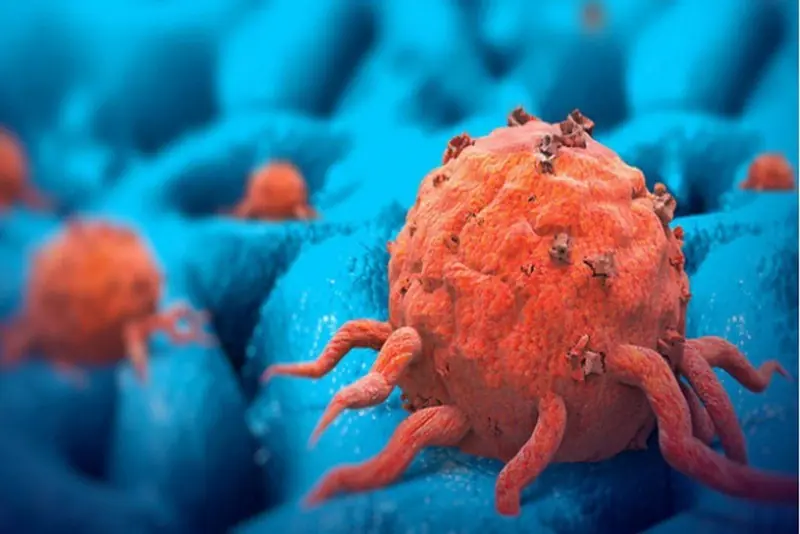
Young Dad Misses Key Cancer Symptom That Left Him Terrified

5 Things Doctors Say You Should Never Give Your Kids to Help Prevent Cancer
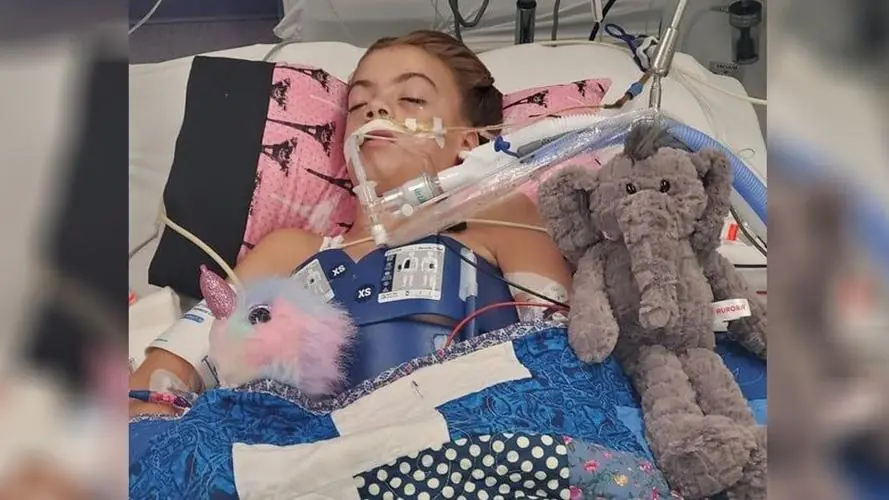
Indiana Boy, 8, Dies Hours After Contracting Rare Brain Infection At School

A Warning About The ‘Worst Thing’ That People Should Never Do When Awakening in the Night
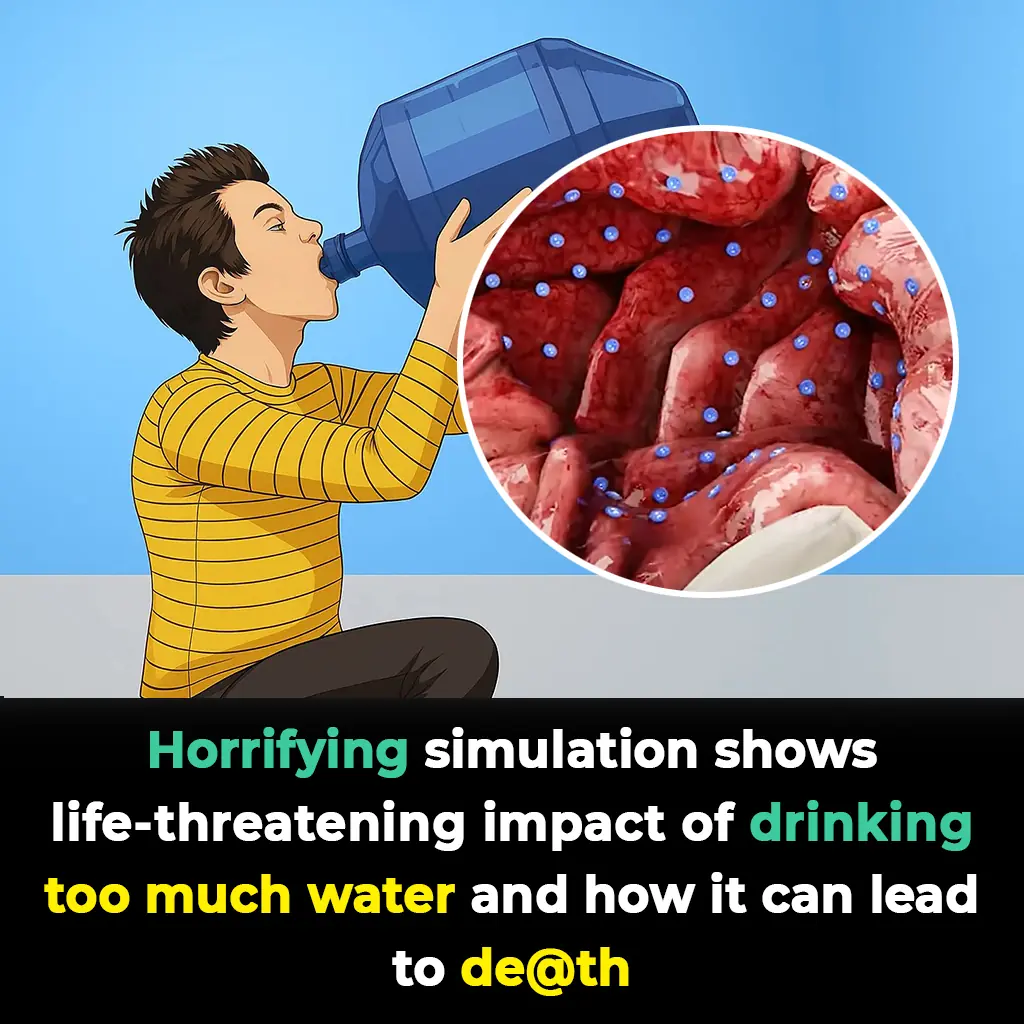
Horrifying simulation shows life-threatening impact of drinking too much water and how it can lead to death
These simulations, tragic stories, and medical data remind us that moderation matters.

Cancer Breakthrough: Scientists Discover Protein That Puts Tumors to Sleep!
With promising results in preclinical trials and a growing understanding of the tumor microenvironment, type III collagen may become a key player in the fight against cancer - not by eradicating it, but by keeping it permanently asleep.

The Amazing Health Benefits and Uses of Castor Oil

Evidence-Based Health Benefits of Raw, Pure, Natural Honey + Turmeric Golden Honey Recipe
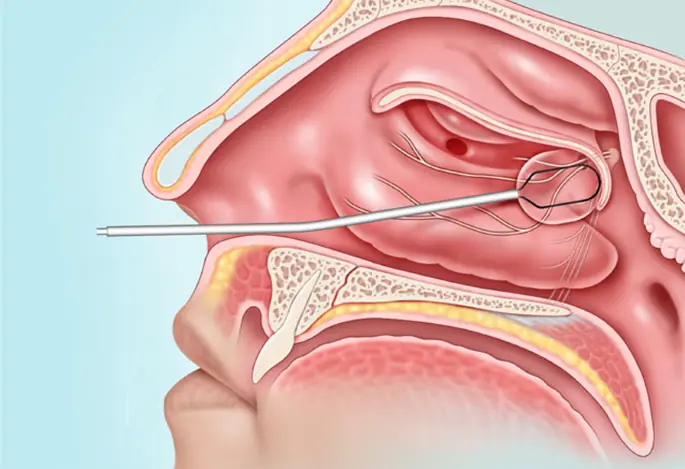
Home Remedies for Blocked and Stuffy Nose
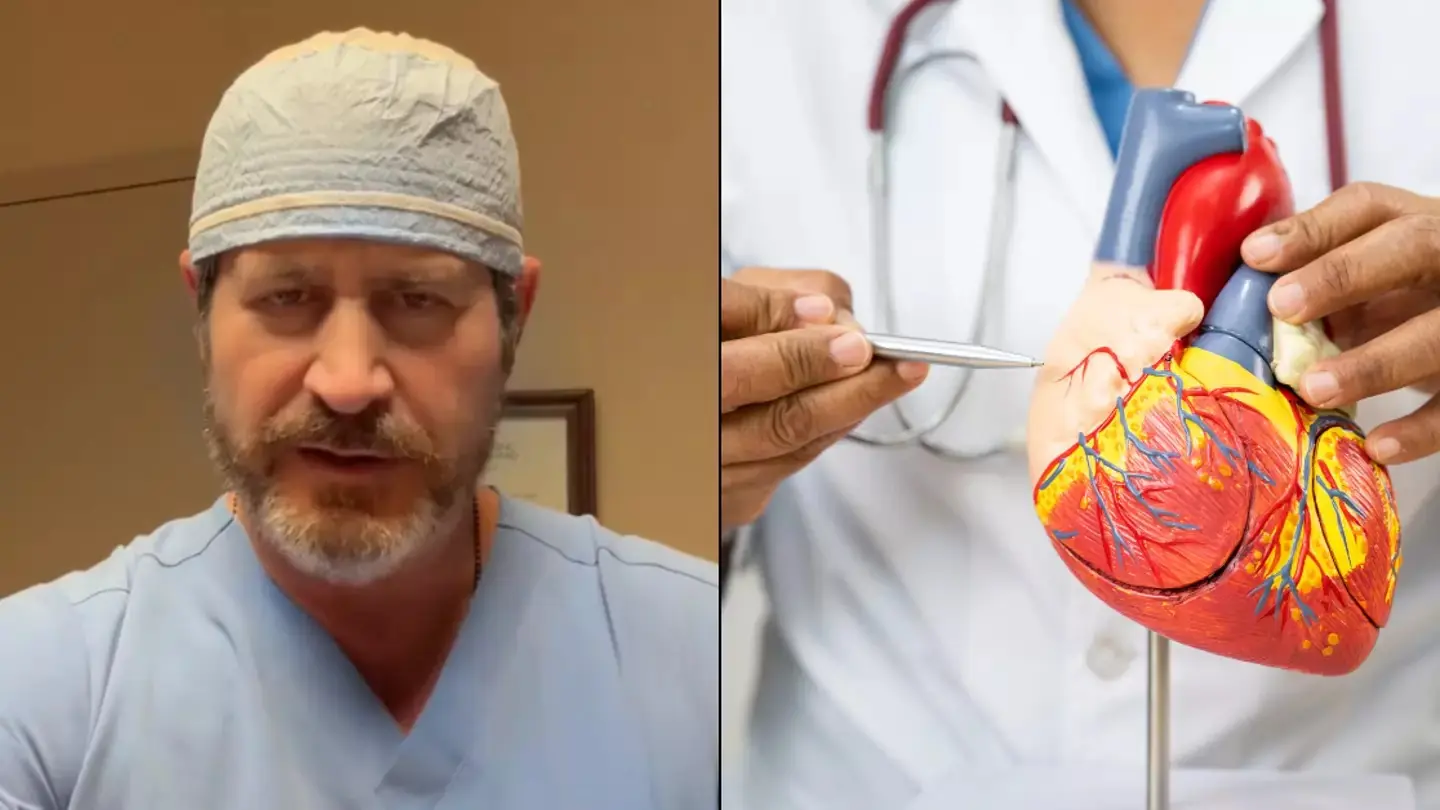
Heart surgeon shares four daily habits to avoid for better health
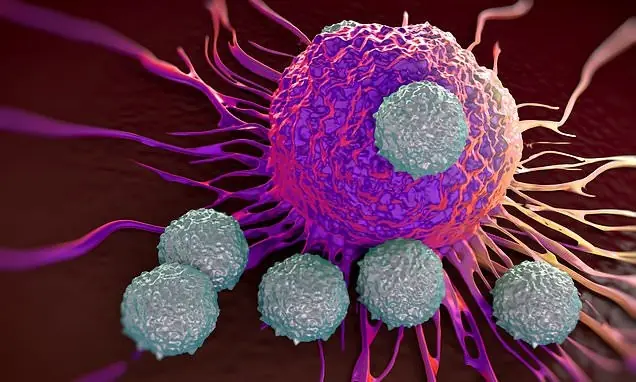
Discover 20 signs of cancer that most women ignore

Essential vitamins for strong and cramp-free legs
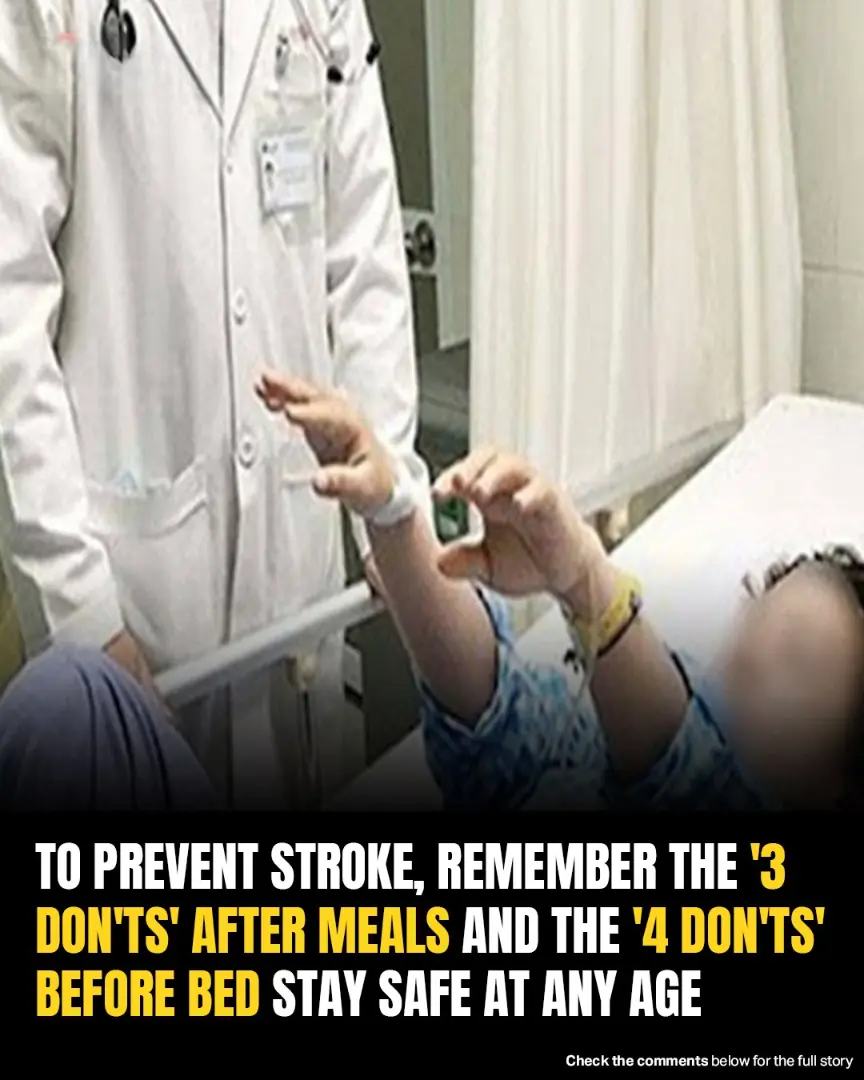
Preventing Stroke At Any Age: 3 “Don’ts” After Meals—And 4 “Don’ts” Before Bed
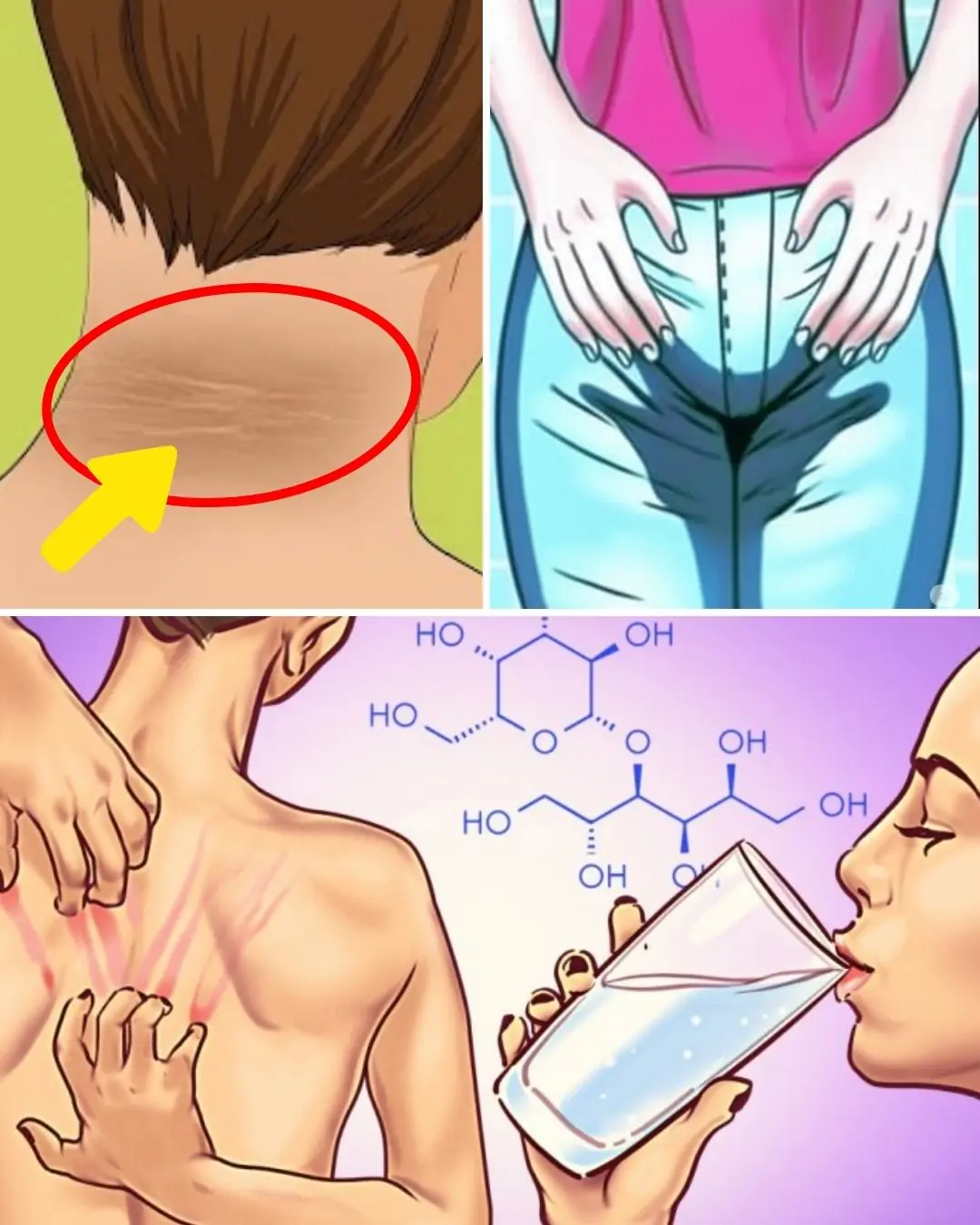
8 Signs That Indicate You Have Too Much Sugar

America’s Smile at Risk: The Terrifying Truth About a Fluoride-Free Future
If fluoride is removed from water supplies without viable alternatives in place, millions of Americans-especially children-may suffer the consequences in the form of increased cavities, dental pain, and long-term health impacts.
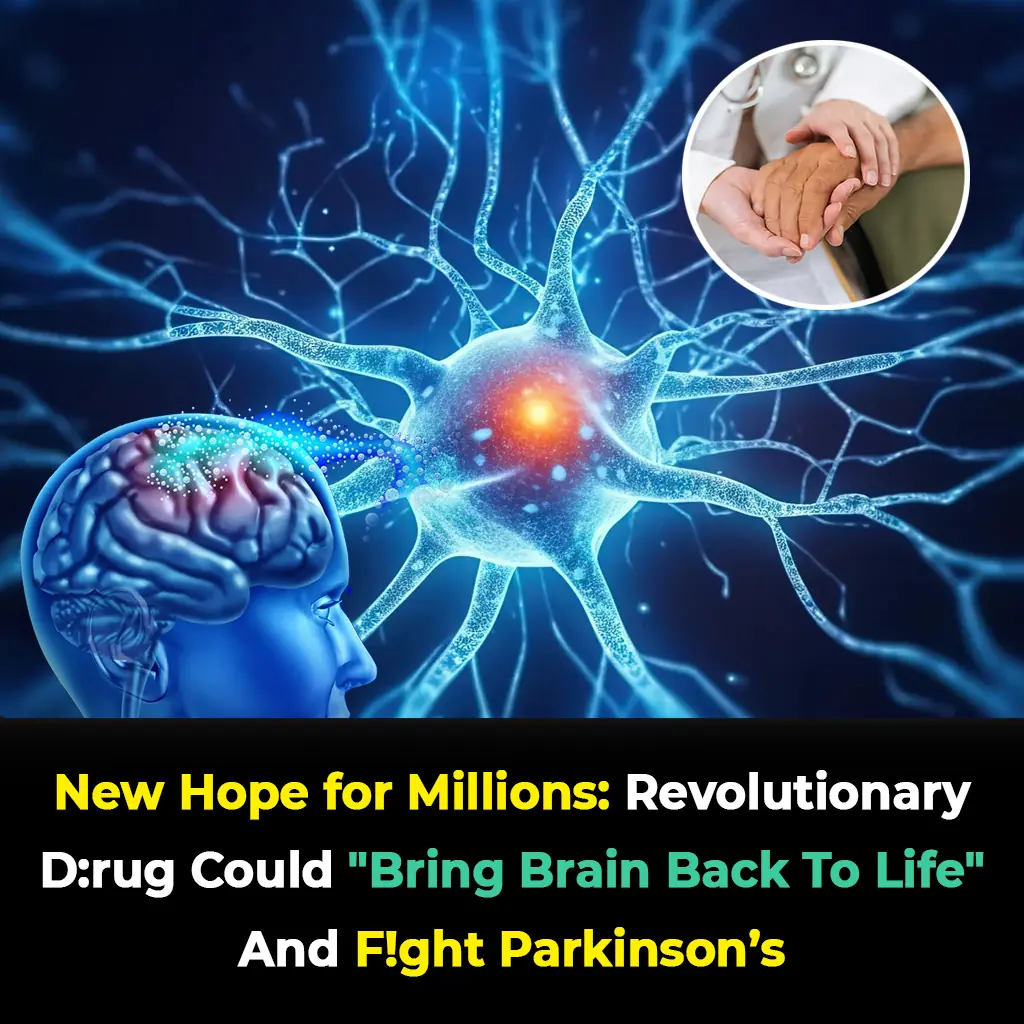
New Hope for Millions: Revolutionary Drug Could "Bring Brain Back To Life' And Fight Parkinson’s
This new development is part of a broader shift in how scientists approach neurological diseases. Instead of focusing solely on halting degeneration, researchers are increasingly exploring neuroregeneration - ways to repair or replace damaged cells and re

Go to Bed Hungry and Wake Up Smarter? New Research Says Yes!
The idea that mild hunger might optimize the sleeping brain’s rhythm is both surprising and deeply intriguing.

'Healthy' 38-Year-Old Shares His Only Bowel Cancer Symptom — And It Wasn't Blood in the Loo
News Post
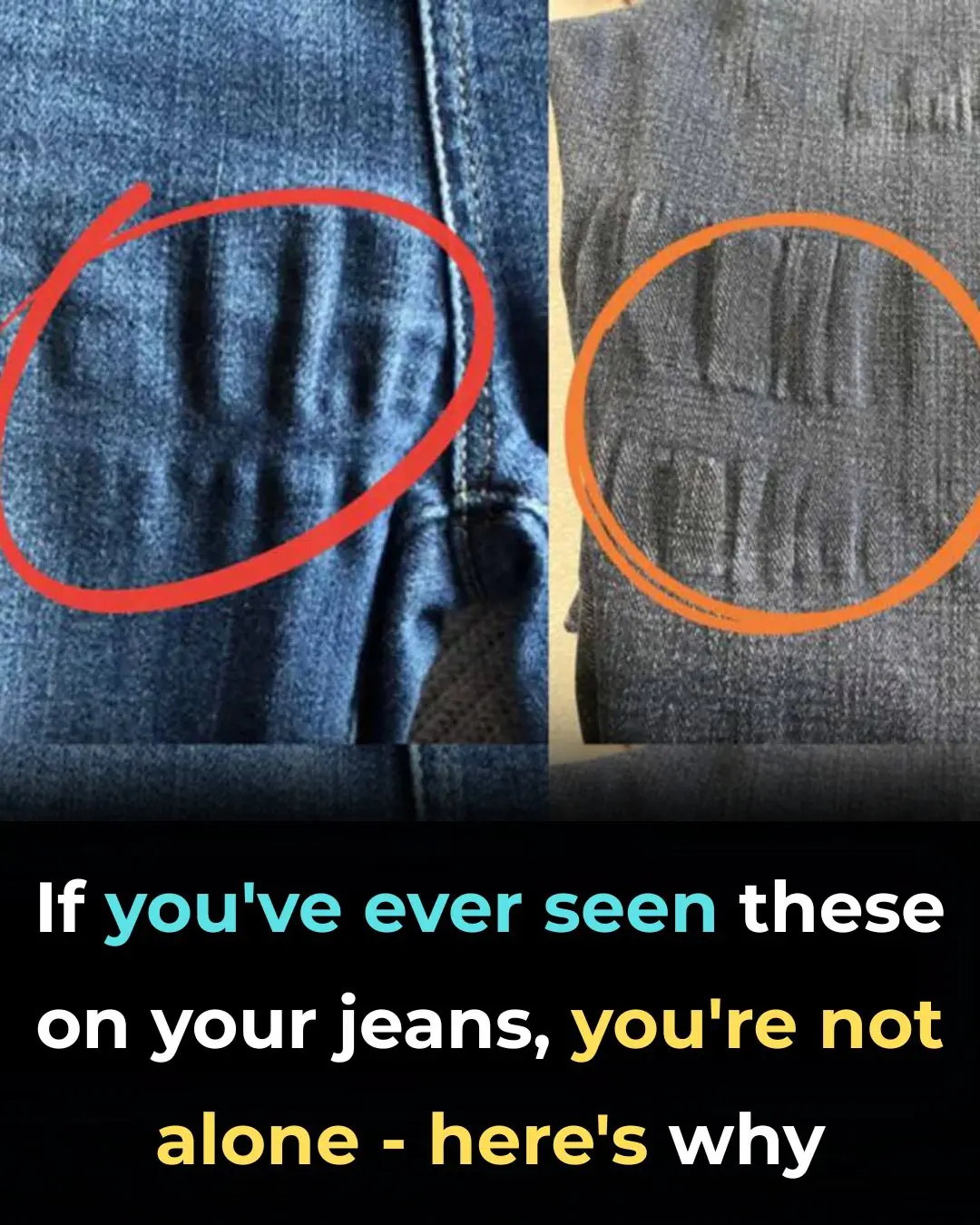
What Causes Those Strange Ripples In Your Jeans After Washing?

‘Healthy’ 38-year-old shares the only bowel cancer symptom he noticed — And it wasn’t blood in the loo

Young Dad Misses Key Cancer Symptom That Left Him Terrified

5 Things Doctors Say You Should Never Give Your Kids to Help Prevent Cancer
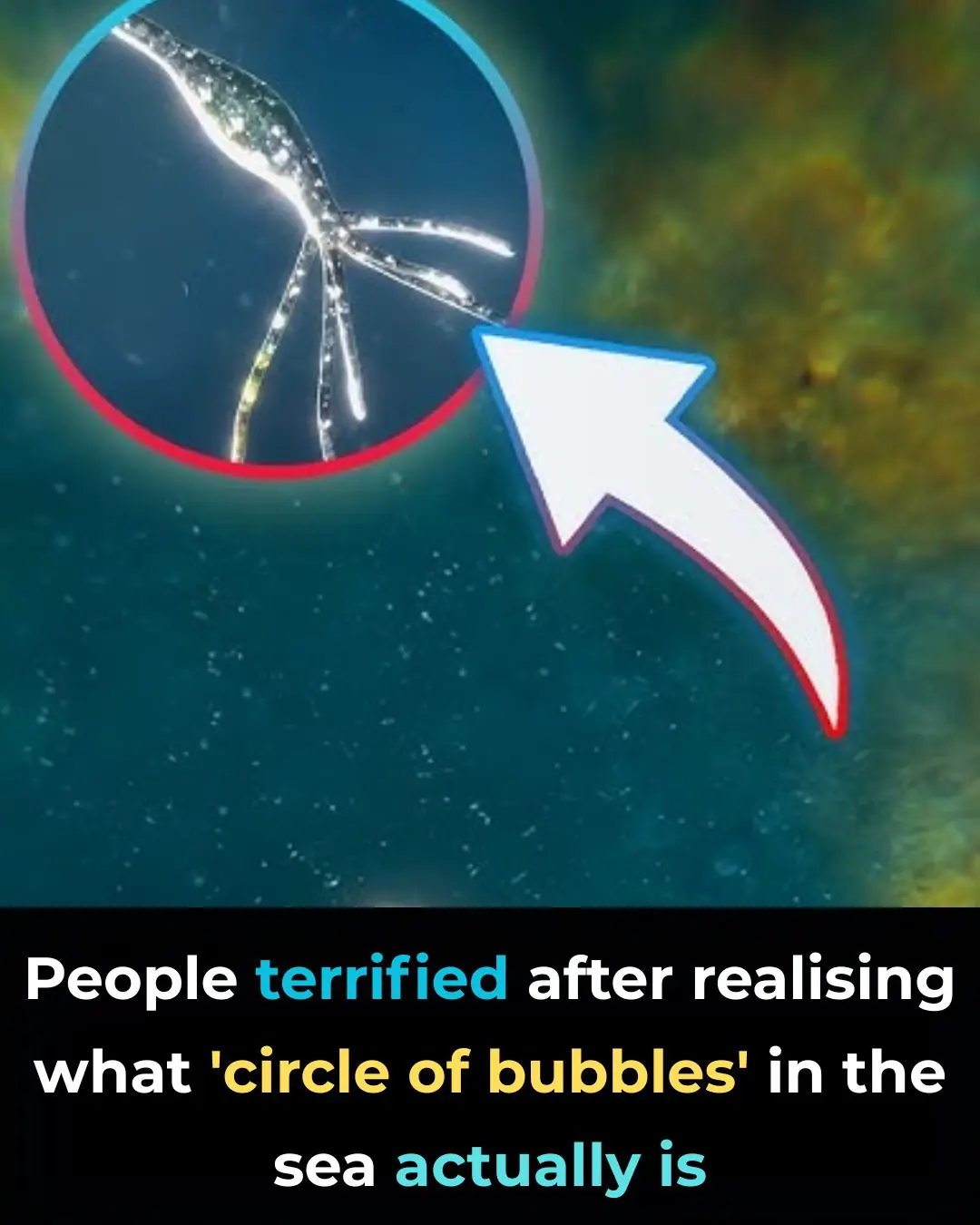
Terrifying Truth Behind Mysterious ‘Circle Of Bubbles’ In The Ocean Revealed

People Stunned After Learning The True Meaning Behind ‘SOS’ — It’s Not What You Think

After Spending 178 Days In Space, Astronaut Shares a ‘Lie’ He Realized After Seeing Earth

People Shocked To Learn What The Small Metal Bump Between Scissor Handles Is Actually For

Scientists Use AI And Ancient Linen To Reveal What Jesus May Have Truly Looked Like

Earth may witness a once-in-5,000-year event on the moon and it's coming sooner than you think

AI is willing to kill humans to avoid shutdown as chilling new report identifies 'malicious' behaviour
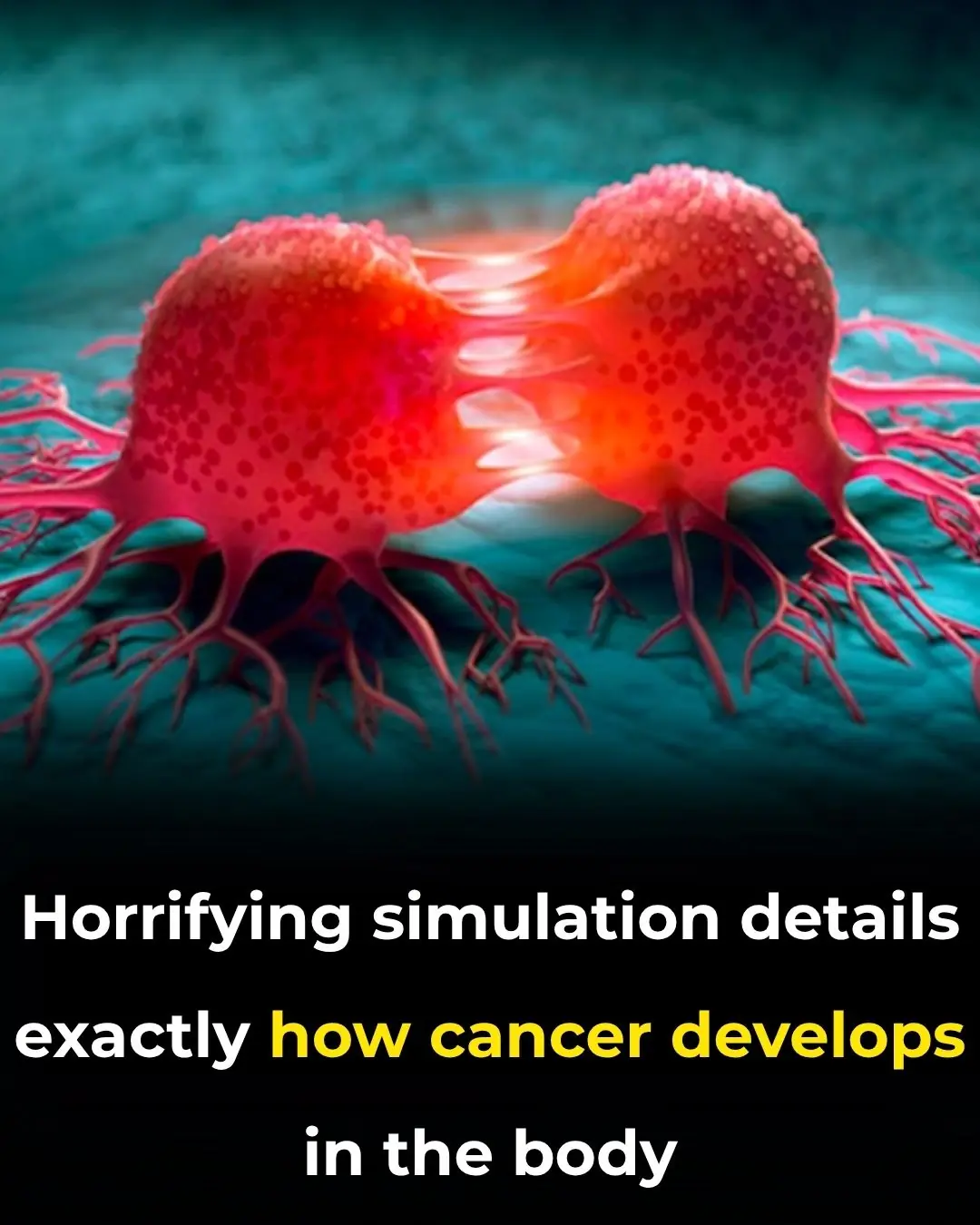
Horrifying simulation details exactly how cancer develops in the body

Elon Musk slammed for posting creepy video of 'most dangerous invention to ever exist'

Indiana Boy, 8, Dies Hours After Contracting Rare Brain Infection At School

World’s Rarest Blood Type Discovered—Only One Woman Has It
The woman with Gwada negative blood may not be famous, but her existence has already made an indelible mark on medical science.

A Warning About The ‘Worst Thing’ That People Should Never Do When Awakening in the Night
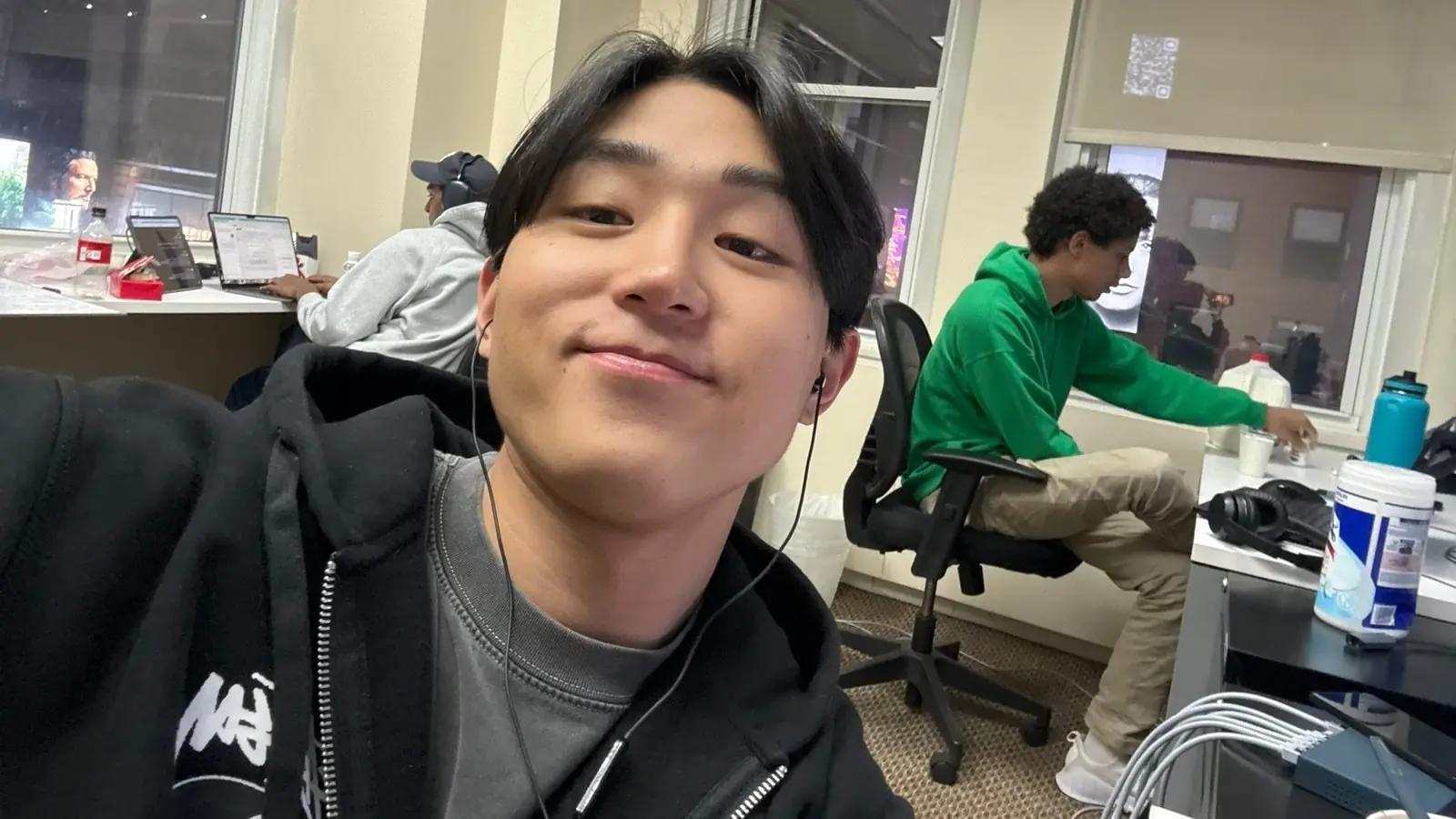
Columbia Student Suspended After Creating AI That Helps You Cheat Your Way to a Six-Figure Job!
Despite being out of school, he remains optimistic about the future. With growing venture capital support and rising user demand, Cluely may be on track to become a key player in the next wave of controversial tech startups.

100-foot ‘doomsday’ mega tsunami could obliterate US West Coast at any moment
